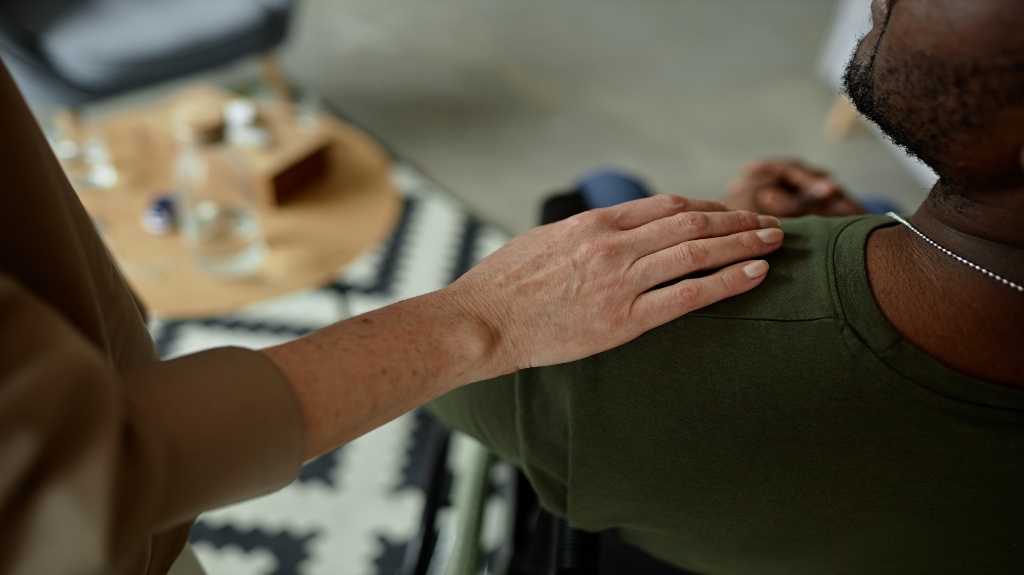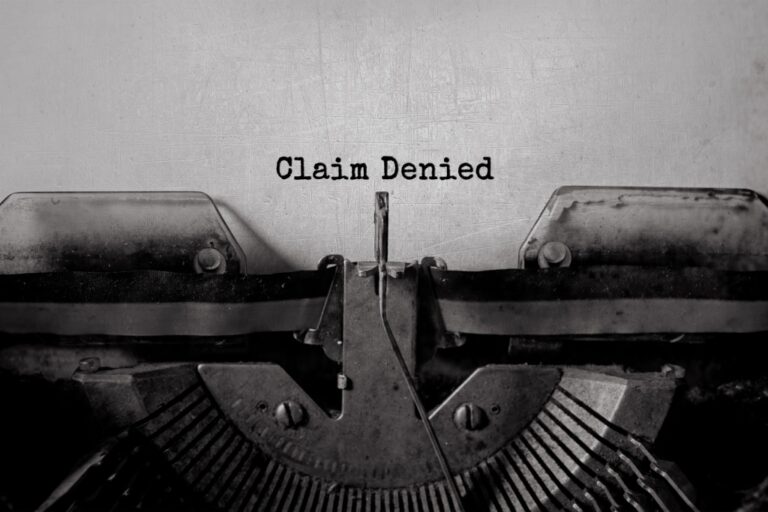Navigating VA Disability Claims for Secondary Conditions

When veterans apply for VA disability benefits, their primary service-connected condition is often the focus. However, many veterans experience secondary conditions that develop due to their primary disability. Navigating the VA disability claims process for secondary conditions can be just as important in ensuring veterans receive the compensation they deserve. This guide will help you understand how to approach claims for secondary conditions and maximize your benefits.
What Are Secondary Conditions?
A secondary condition is a medical issue that arises as a result of a service-connected disability. For example, a veteran with a knee injury may later develop arthritis due to the strain placed on the joint over time. The arthritis in this case would be considered a secondary condition. Other common examples include:
- Depression or anxiety due to chronic pain
- Hypertension as a result of PTSD
- Back problems stemming from a knee or hip injury
These conditions can have a significant impact on a veteran’s quality of life and can qualify for additional disability compensation.
How Secondary Conditions Are Evaluated
The VA evaluates secondary conditions by determining if there is a clear medical link (nexus) between the primary service-connected condition and the secondary condition. This is typically established through medical evidence, such as a diagnosis from a physician or medical records showing how the two conditions are related.
The VA uses the same criteria to rate secondary conditions as it does for primary conditions, assigning a disability rating based on the severity of the condition. This rating is then combined with the veteran’s primary disability rating to determine the overall compensation level.
Filing a Claim for a Secondary Condition
Filing a VA disability claim for a secondary condition involves several important steps:
- Gathering Medical Evidence: The first step is to gather comprehensive medical evidence that links your secondary condition to your service-connected disability. This might include medical records, treatment notes, and a physician’s opinion that supports the connection between the two conditions.
- Filing a VA Form 21-526EZ: This is the same form used to file for a primary disability, but when applying for a secondary condition, you’ll need to provide clear documentation of the secondary issue and how it relates to the original disability.
- Provide a Medical Nexus Letter: A medical nexus letter from your healthcare provider is crucial. This letter should clearly explain how your secondary condition is caused or aggravated by your service-connected condition.
- Submit Your Claim: Once you’ve gathered all the necessary evidence and documentation, you can submit your claim to the VA through their online portal, by mail, or with the assistance of a Veterans Service Officer (VSO).
Common Challenges with Secondary Condition Claims
Filing a claim for a secondary condition can be challenging for several reasons:
- Proving the Connection: The biggest hurdle for many veterans is proving the link between the primary and secondary conditions. The VA requires strong medical evidence, and without it, your claim may be denied.
- Lack of Documentation: If your medical records don’t clearly show how your secondary condition developed as a result of your service-connected condition, your claim may face delays or denials.
- Complex Claims Process: Navigating the VA system can be difficult, especially if your secondary condition developed years after your initial injury. Working with a qualified attorney can help you overcome these challenges.
Ensure Your Secondary Condition Is Compensated
Understanding the process for filing a VA disability claim for secondary conditions is essential for ensuring that you receive the full benefits you deserve. Secondary conditions can significantly impact your health and quality of life, and they shouldn’t be overlooked in your VA disability claim.
If you’re struggling to file a claim or need help proving the connection between your service-connected condition and a secondary condition, it’s crucial to seek professional assistance. Contact VA Benefits Attorneys today to get expert guidance on your claim and maximize your chances of receiving the compensation you’re entitled to.







